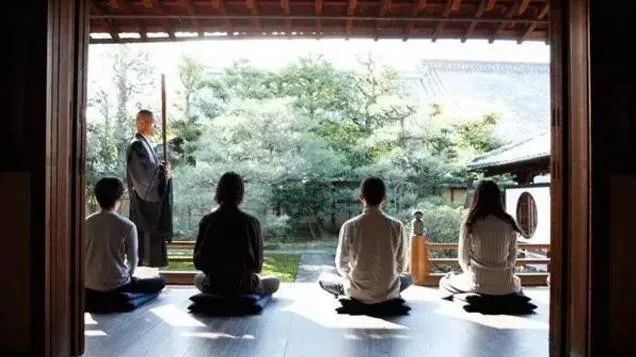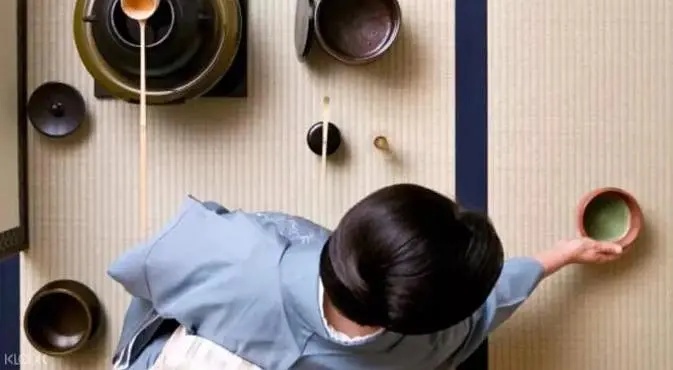
Qianjia in the tea ceremony
Many art and artistic energy have a common source of connotation, that is, Buddhism. All this art is based on the spiritual structure of the spirit. This spiritual structure is mature according to the characteristics of various arts. When it reaches the highest level, it is the "Zen" unique to Buddhism. "Zen" is not for first, but it can be perceived that there is no foundation. This kind of origin can only be known from direct experience from ignorance. In order to obtain this decisive experience, the method of Zen is: through the self -precipitated self, he discovered the deepest bottom of the soul, and then opened a path that combined with it.
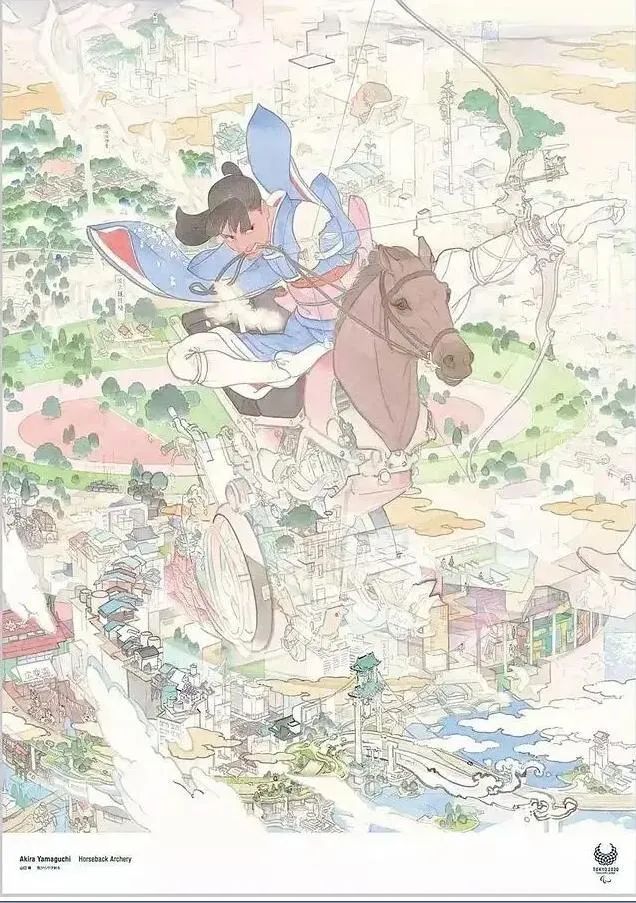
The 2020 Tokyo Olympics was selected as a poster. The painter Yamaguchi Lao "Horse Riding Archery" was widely known for integrating Yahewa Painted and Ukiyo -World, and described the style with extremely delicate characters and architecture.
The answer in the interview of the "Japan Olympic Promotional Video" interview with Gongdaojia Takaya is very good, simple and clear. These words are the popularity of bow roads, both common sense and general.
What kind of activity is Bow Road?
"Bow Road is the use of bow, arrow, and shooting towards the target. It has a shooting target to win (competitive), and some people practice the bowway for their own practice and physical and mental practice. . Since ancient times, it has been deified, regarded as a divine position, or regarded as a spiritual weapon. "
What are the most basic contents of learning in Gong Road practice?
All are the most basic content, standing, sitting or walking. Turn around, take things, salute, etc. all must be learned. Gong Road exercise through these exercises. Through these exercises, you can exercise your legs and waist well to create a strong physical foundation. This makes the trunk more stable and let the body gradually adapt to pulling the bow.
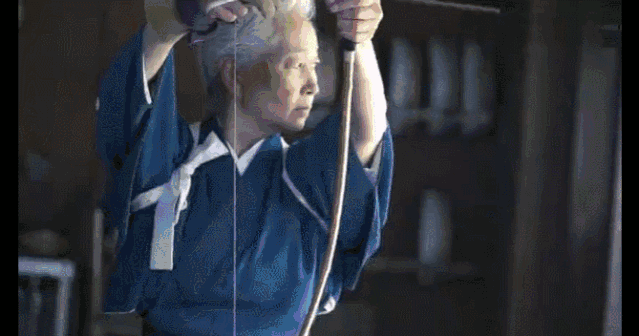
What can the extreme of exploring the bowway be harvested?
Facing the target, if you are not honest, you will not get a good result. Even if you compromise, it is not useful. If you can't remove the "dirt" (dirty, troublesome and extra burdens) in your heart, no matter how you look at the target ... it is also a table. Therefore, the "truth, goodness and beauty" we are pursuing refers to not pretending, and we must refine ourselves. Showing the real "original gesture" and presenting such a side, this practice is the bow.
There is no technology without technology, so technology is essential, but in the process of hone technology, the role of the heart will become more and more important, because it must be fully hone the heart.
The biggest enemy is "self". Self is an obstacle, which is the reason why it cannot be pulled well. Therefore, the most important thing is "self -consciousness", which can be understood as "hone the character until it can show the true self without concealment."
Japanese is "Hui". After completing the action of "pulling", start to aim at the state of the target. The right cheek touches the arrow branches ("頬 け け"), and the middle and lips are close ("mouth cut"). Staticness, maintaining strength, and eye target. The integration of physical and mental integration, waiting for the timing of launch.
For a long time, Taoist culture has continuously developed in Japanese land and gradually built into religiousism with Japanese characteristics. The foundation laid the foundation in various "Dao" culture.
Of course, Taoism culture will not be introduced in Japan, and the Japanese have not completely copied the Taoist culture. Instead, they have absorbed, reference, and abandoned.
From the perspective of historical sources, Prince Saint Deed in 604 "Constitution 17", including the absorption and change of Taoist culture. The integration of the integration and becoming a powerful force to help the rule of Prince Saint Dede more stable.
In this way, it also proved from the side. In the early days of ancient times, Japan had absorbed Taoist culture, changed, and further used me. In the future, every dynasty will draw the basis of governing the government in the Taoist culture to achieve the purpose of governance. Japan in the Nara era learned from the Tang Dynasty in the same period, and the sent Tang ambassadors also brought back some great cultural knowledge of governing the country. At that time, Japan prevailed in a "Tangfeng culture".
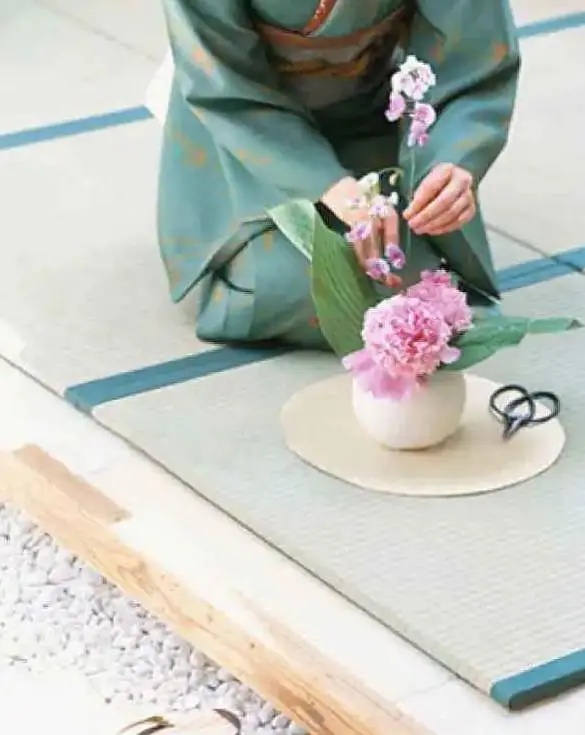
Hua Dao conveys a feeling of people and flowers, so that people can feel the calmness in the impetuous society.
In the Tang Dynasty at that time, the concepts of the three families of Confucianism, Buddhism, and Taoism were involved, but the Tang Dynasty worshiped Taoism as a state religion, so those who sent Tang envoys from Japan also unconsciously worshiped the Taoism in the Three Education as the most noble culture. , I also unconsciously learn more Taoism culture, and more brought back to Japan is mainly Taoism culture.
Therefore, Taoism culture slowly spreads in the prevalence of "Tangfeng Culture", and the noble emperor of Japan will unconsciously yearn for this culture, which is extremely long for this kind of advocating nature and old village thoughts.
From the Nara era, almost every era will learn more Taoism culture and develop into its own culture. Taoism culture has been rooted in Japanese historical culture. Therefore The historical reasons, the historical foundation of this strong Taoist culture has been tied in ancient history in Japan.
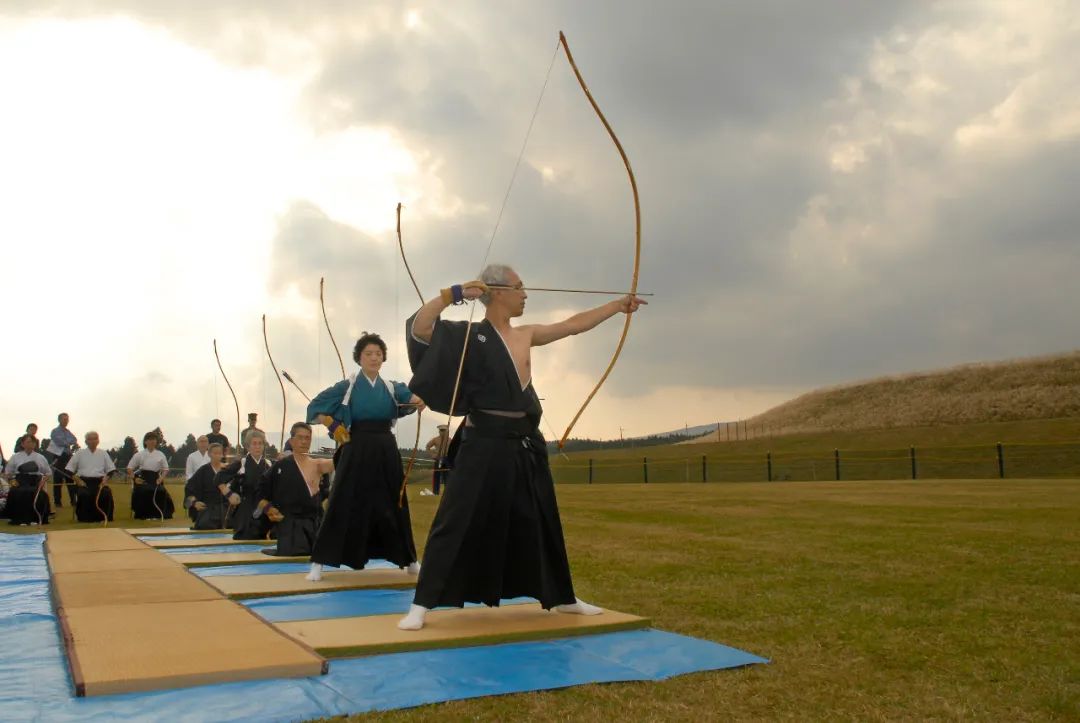
Zen and Wudao (Gong Road)
At the other level, Zen originated in India, and it is well known that Shakyamuni is the opening of the world Zen. By the early 6th century AD, the Indian Zen Master Dharma came to China and started nine years of practice in Shaolin Temple in Songshan, and passed the "face wall cultivation" meditation method into China. Tang Zen was rooted in China, and Nanzong Chan, who advocated that he had blossomed in China. After the six ancestors Huineng, Linji Zong, Cao Dongzong, Huang Yizong and other denominations were produced.
In the mid -7th century (one said for 653) Zen was introduced from China to Japan from China in the late Pingnei, and the 12th century monk Rongxi came to Tiantai Mountain, China to practice Linji Sect. The family personally repaired Jianren Temple in Kyoto. Rongxi became the first host, and Linji Zong was prosperous. In the 13th century, monks went to Tiantong Mountain, China to participate in meditation. During the Edo period, Yin Yuan monk in China was supported by the Tokugawa Shogunate, and the Wanfu Temple was established in Uji, Kyoto, and became the ancestor of the Huangzongzong in Japan. Although these three major Zen schools have different doctrines and practices, they all use "meditation" as the only means to achieve an understanding.
Due to the practice of Buddhism, the differences in doctrine are divided into different genres, and different genres have different adaptability. In Japanese Buddhism, there is a saying that "the rooftop is the palace family, the mantra is the public, the Zen is the Wu family, and the pure land is a civilian." "The division. But these are not hindered by the Japanese samurai's reference to Buddhist Zen.
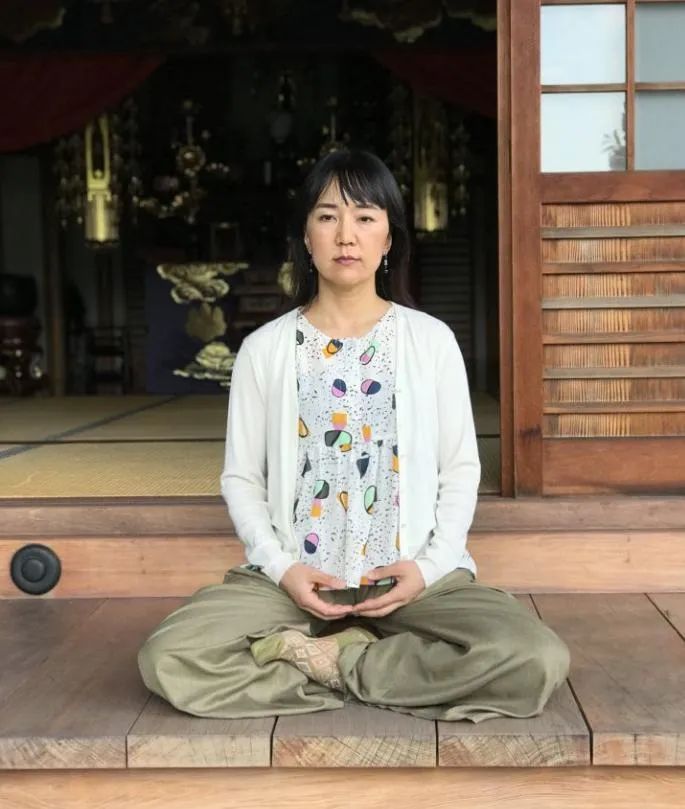
Ancient Temple in Kyoto Sitting Zen to cultivate the heart
The age of Japanese martial arts has been in power for more than 700 years. As a samurai of the ruling class, in addition to governing foreign countries, it is necessary to have spiritual education. The superiors of the Kamakura era paid attention to the practice of secret education and Zen. In the Muromachi era, there were "two -wheeled" "two rounds of car". "Wen" is religion, learning, and art. These are the products of knowledge, beauty, and "heart". Compared to this, "Wu" is physical training.
